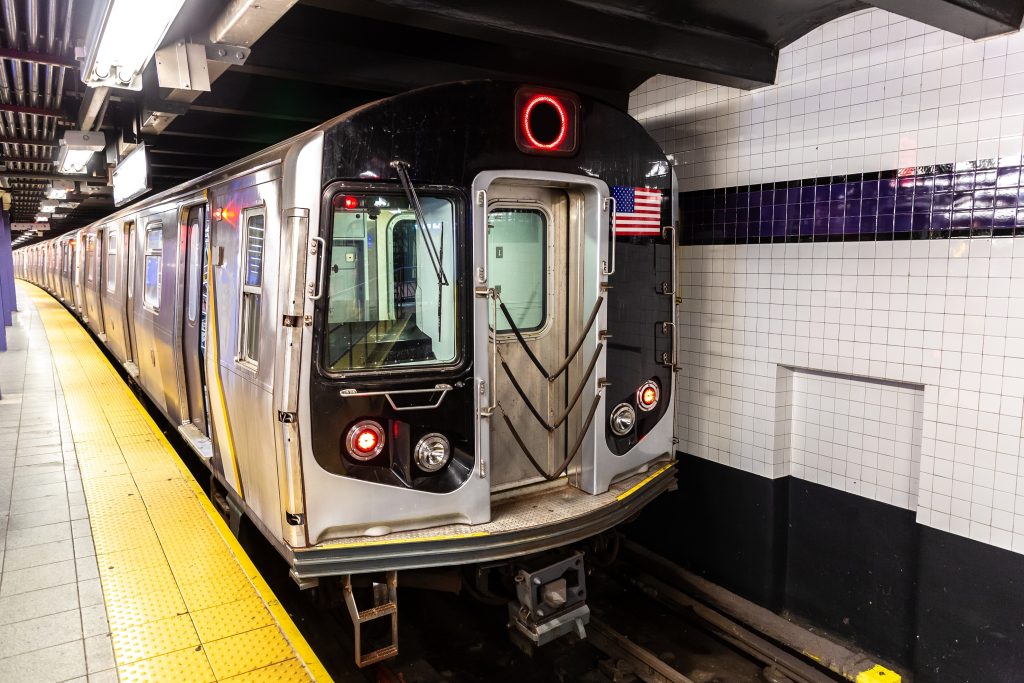
The Reality of Getting Around NYC with Limited Mobility: Why Accessibility Still Falls Short
New York City is often celebrated for its fast-paced energy, endless opportunities, and world-class public transportation system. But for thousands of residents and visitors with limited mobility, getting from one place to another in NYC isn’t just inconvenient — it’s often exhausting, stressful, and, at times, impossible. Despite efforts to make the public transit system more inclusive, the current infrastructure still fails to meet the needs of people with disabilities or mobility challenges.
Accessibility in the NYC Subway: A Harsh Truth
The NYC subway is one of the largest and oldest transit systems in the world — but it’s also one of the least accessible. As of now, only about 30% of subway stations have elevators or ramps. That means over 70% are still inaccessible to people who use wheelchairs, walkers, or have difficulty climbing stairs.
And even when elevators do exist, they’re often: Out of service, Poorly maintained or inconveniently located, forcing long detours. This leads to real consequences:
- Missed medical appointments
- Long delays
- Painful travel experiences
- Or complete lack of independence for people who simply can’t make the journey
Buses Are Better — But Still Not Ideal
Buses in NYC are technically more accessible than subways. All buses are equipped with ramps and kneeling functions, and drivers are trained to assist passengers with disabilities. But problems remain:
- Inconsistent driver training and attitudes
- Crowded buses where mobility devices can’t fit or are hard to maneuver
- Longer travel times for people needing special assistance
For people who deal with chronic pain, fatigue, or medical conditions, even a “working” system can feel exhausting and undignified.
What About Paratransit Services?
The Access-A-Ride program, NYC’s paratransit service, is meant to serve those who can’t use public transportation. While it helps many, it’s also criticized for:
- Long wait times
- Rides that come hours early or late
- Booking issues
- Inflexible scheduling
For people who need regular, reliable transport — especially for important things like medical appointments — that’s just not good enough.
What’s the Solution?
The truth is, accessibility shouldn’t be an afterthought — it should be part of how a city functions. That’s where community-based transportation services come in.
Companies like Classic Ryde and others are stepping up to offer:
- Reliable, on-time medical transportation
- Wheelchair-accessible vehicles
- Compassionate service
- Options for people without Medicaid or traditional insurance coverage
This is more than a ride. It’s about restoring dignity, independence, and access to care.
Everyone Deserves a Way to Get There
Living in New York City shouldn’t mean navigating a daily maze just to go to the doctor, visit family, or get fresh air. Yet for people with limited mobility, the current public transportation system often feels like it was never designed with them in mind.
Until public infrastructure catches up, community services and accessible transportation alternatives are essential — not as a luxury, but as a lifeline.